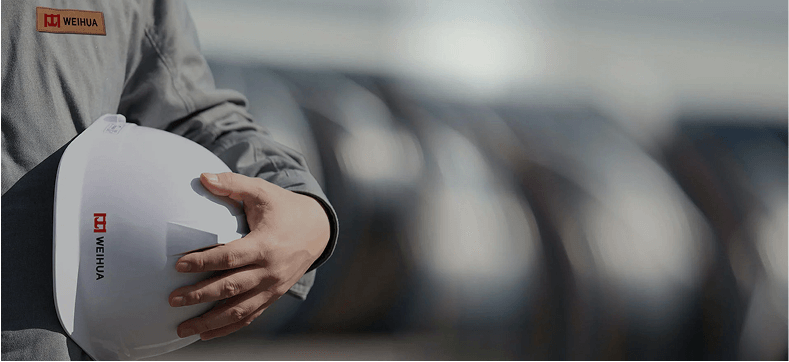The worm gear reducer for cranes is a common transmission device, especially suitable for small and medium-sized cranes or occasions that require self-locking function. Its performance characteristics are as follows:
Self-locking function (key advantage)
One-way self-locking: The worm lead angle design makes the transmission self-locking (when the lead angle < friction angle), which can prevent the load from sliding down when the power is off, and no additional braking device is required (suitable for small cranes, winches and other occasions with high safety requirements).
Note: The self-locking efficiency is low (about 40%-50%), and long-term self-locking may generate heat, which requires a heat dissipation design.
Large transmission ratio and compact structure
The single-stage transmission ratio is large: usually 10:1~100:1 (gear reducers require multiple stages to achieve), the structure is simpler, and the space occupied is small.
Coaxial input and output: easy to integrate into the crane winch or slewing mechanism.
Smooth operation and low noise
Sliding friction transmission: The meshing of worm gears is a progressive contact, with low vibration and noise usually <70dB, which is suitable for environments with high requirements for quietness (such as workshops, hospitals, etc.).
Low manufacturing cost and easy maintenance
Bronze (ZCuSn10P1) is commonly used for worm gears: good wear resistance, but the load-bearing capacity is lower than that of gear reducers.
Modular design: Some models support the replacement of worm gears separately, and the maintenance cost is low.
